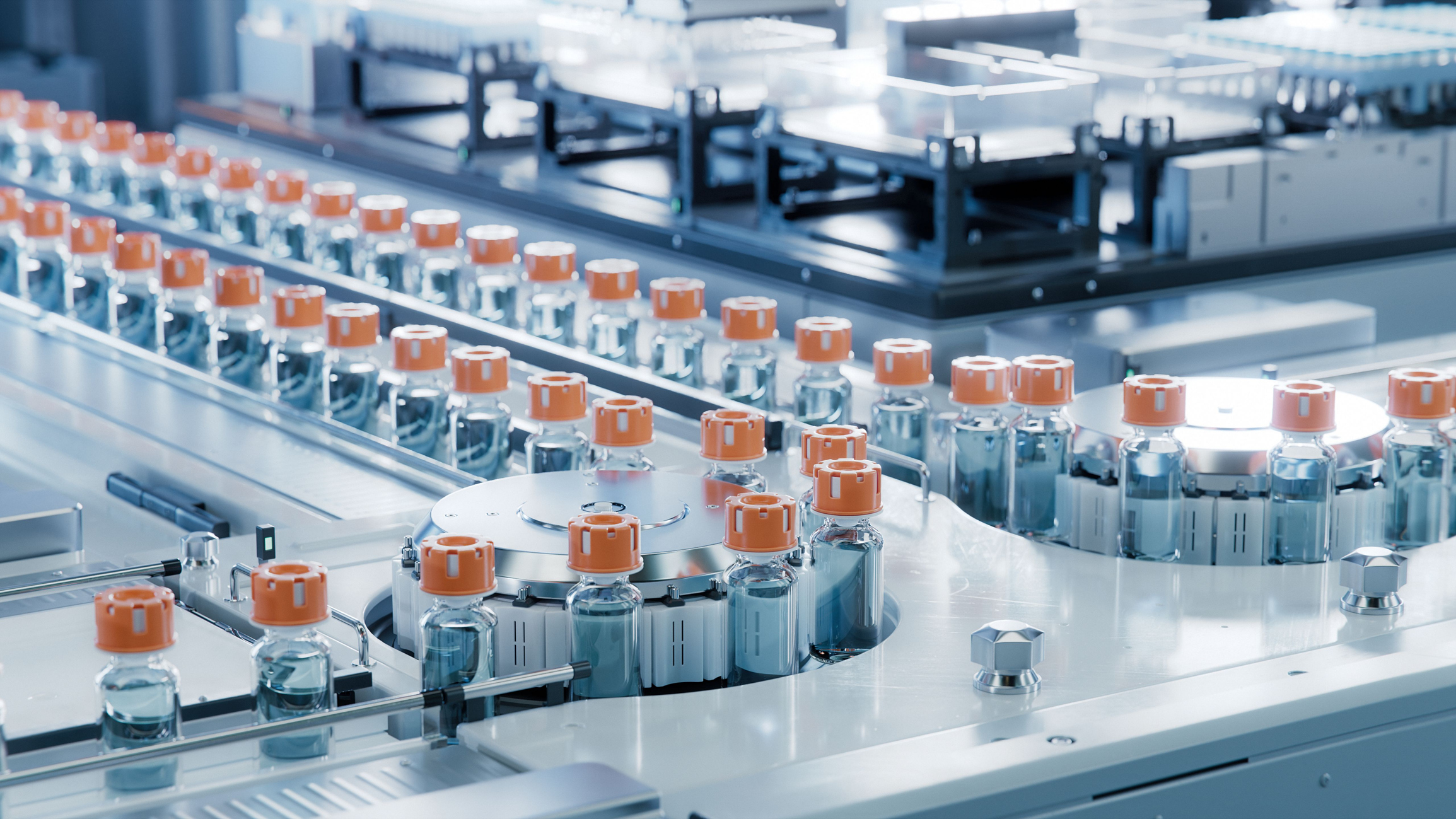Fluorescence detection is a cornerstone technique in modern laboratory analysis, and the microplate fluorometer, is a key instrument used to quantify it. By exciting samples with light at a specific wavelength and measuring the intensity of the emitted fluorescent signal, this device enables researchers to perform sensitive and high-throughput assays across many fields.
From drug discovery to food safety, clinical diagnostics, and environmental monitoring, microplate fluorometers have become indispensable in labs around the world. But before diving into the many applications, let’s briefly explore what a microplate fluorometer is and how it works.
What Is a Microplate Fluorometer?
A microplate fluorometer is an analytical instrument designed to measure the fluorescence emitted by samples contained in multi-well microplates (e.g., 96-well or 384-well plates). The fluorescence phenomenon.occurs when a molecule absorbs light at one wavelength and emits it at a longer wavelength (lower energy).
When a sample is excited by a light source (usually a laser or LED), fluorophores within it emit light that the fluorometer detects and quantifies using a photomultiplier tube (PMT) or other sensitive detectors. The emitted signal is typically expressed in Relative Fluorescence Units (RFUs), which allow for comparisons between different samples or conditions.
How Does a Microplate Fluorometer Work?
Now that you know a microplate fluorometer, it is time to understand how it works. The main job of a microplate fluorometer is to quantify a biological analyte based on fluorescence. First, the biological sample must be exposed to a specific fluorescent agent to start excitation. As a result, the sample will start emitting light with lower energy but a longer wavelength. Researchers then place the biological sample on a microplate for analysis. The excited fluorophore, emitting longer wavelength light or fluorescence, is then converted into electrical signals with the help of a photomultiplier tube or any other detector. The instruments that quantify the fluorescence intensity in Relative Fluorescence Units (RFUs).
In short, a microplate fluorometer helps detect the intensity of light a fluorescent emits after it excites. The data collected through these devices has different applications.
Typical Applications of a Microplate Fluorometer
Due to its broad range of applications, a microplate fluorometer is an indispensable tool in many scientific disciplines. Here are some common uses of these devices:
- Drug Discovery: A microplate fluorometer can determine potential therapeutic agents. The device simplifies the tedious process of sifting through countless compounds to find the most promising biological activity. For instance, it can help identify the impact of some promising weight loss medicines and determine their efficiency.
- Enzyme-linked Immunosorbent Assays (ELISA): Quantitative data also play a crucial role in Enzyme-linked Immunosorbent Assays. They enable the detection of specific proteins, hormones, and antibodies, which helps in various clinical diagnostics.
- Nucleic Acid Quantification: The device measures the concentration of RNA and DNA. When certain fluorophores are bound to specific analytes, their fluorescence is enhanced. The emitted fluorescent intensity, or RFU, can be correlated to the desired RNA or DNA sample biomolecules to determine their specific characteristics.
- Food and Cosmetic Industry: A micrometer fluorometer is also used in the food and cosmetic industry to determine the quality and safety of a product. The device ensures that the manufactured product is safe for use.
Conclusion
A microplate fluorometer is a powerful, versatile instrument used in a wide array of scientific and industrial applications. Its sensitivity, reliability, and ability to support high-throughput workflows make it a go-to tool for tasks ranging from basic molecular biology to advanced clinical diagnostics.
Whether you're measuring nucleic acids, screening pharmaceuticals, or validating product safety, this tool enables researchers to gain rapid, quantitative insights with high precision. As fluorescence-based techniques continue to evolve, microplate fluorometers will only grow in importance across the life sciences and beyond.














